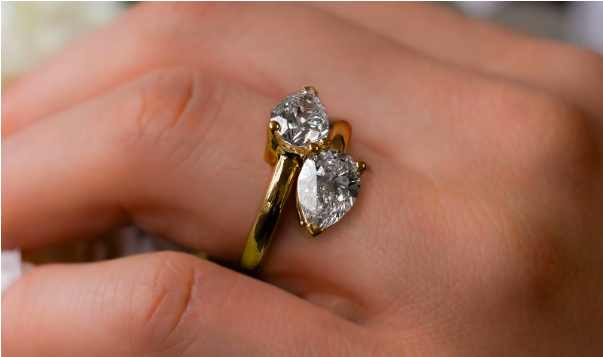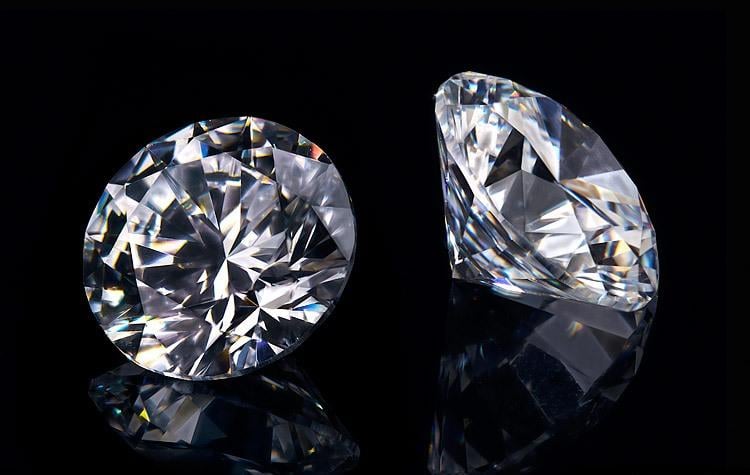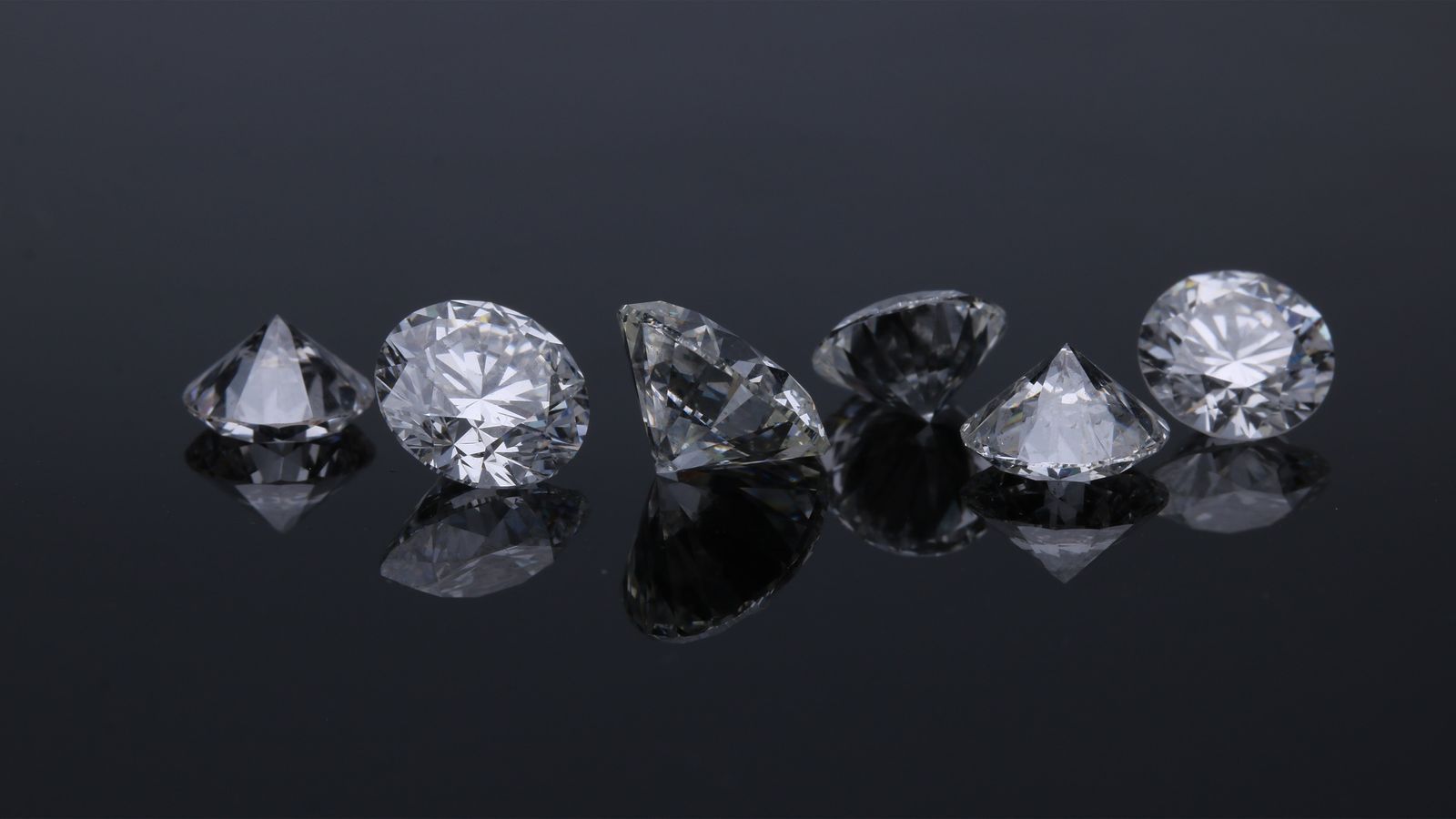
Lab-grown diamonds, when a specialty item, have acquired critical prevalence lately, offering a reasonable and reasonable option in contrast to mined diamonds. As purchaser inclinations progressively shift toward ethical obtaining and ecological obligation, lab grown diamonds investment are turning into an appealing choice for gems purchasers as well as for investors. In this article, we will investigate whether lab-grown diamonds can be viewed as a sound investment, their benefits over mined diamonds, and the vital factors to consider while entering this expanding market.
What are Lab-Grown Diamonds?
Lab-grown diamonds, otherwise called synthetic or refined diamonds, are created utilizing progressed innovative cycles that recreate the regular precious stone arrangement that happens profound inside the Earth. The two principal methods used to develop diamonds in laboratories are High Tension High Temperature (HPHT) and Substance Fume Affidavit (CVD). These cycles bring about diamonds that are artificially, genuinely, and optically indistinguishable from their mined partners.
These diamonds are presently generally acknowledged across different businesses, from gems to gadgets and clinical hardware. In addition, they accompany affirmations from legitimate gemological foundations, for example, the Gemological Organization of America (GIA) and the Global Gemological Establishment (IGI), ensuring their genuineness and quality.
Why Consider Lab-Grown Diamonds for Investment?
The developing revenue in lab-grown diamonds is drivena few key factors, every one of which features their true capacity as a type of investment.
One of the essential reasons is their moderateness. Lab-grown diamonds are ordinarily 30-half more affordable than mined diamonds of a similar quality. While their lower cost could appear to be a disadvantage for investment purposes, it really opens up new open doors in a quickly expanding market. This cost advantage makes lab-grown diamonds more open to a more extensive crowd, which could prompt more noteworthy demand over the long haul.
Another critical factor is the ethical and ecological allure of lab-grown diamonds. Purchasers are progressively worried about the beginning of their items, particularly with issues, for example, “blood diamonds” and the ecological mischief brought aboutcustomary precious stone mining. Interestingly, lab-grown diamonds have a fundamentally lower ecological effect and don’t include similar ethical worries. This makes them especially interesting to more youthful, naturally cognizant purchasers, a segment that is probably going to impact market patterns long into the future.
Notwithstanding their ethical advantages, the mechanical headways in creating lab-grown diamonds present investment open doors. As creation innovation improves, costs are supposed to diminish, possibly expanding the stock of lab-grown diamonds. While this could bring down costs temporarily, it likewise opens the entryway for investors to gainorganizations fostering this state of the art innovation.
However, one test to consider is the ongoing resale and liquidation potential for lab-grown diamonds. Dissimilar to regular diamonds, which have historically been viewed as a store of riches, lab-grown diamonds might devalue all the more rapidly because of their reproducibility. As of now, the resale market for lab-grown diamonds isn’t also evolved as that of mined diamonds, which limits liquidity for investors.
At long last, there is developing institutional acknowledgment of lab-grown diamonds, with key part in the jewel business currently embracing this pattern. Organizations like De Brews have sent off their own lab-grown precious stone lines, flagging a change in the business’ mentality toward synthetic diamonds. As this acknowledgment keeps on developing, lab-grown diamonds could turn into a more standard investment choice, further balancing out their drawn out esteem.
Dangers and Difficulties in Putting resources into Lab-Grown Diamonds
Notwithstanding the benefits, there are additionally chances related with putting resources into lab-grown diamonds. One of the essential dangers is the potential for deterioration. Dissimilar to mined diamonds, lab-grown diamonds are not uncommon, meaning they don’t have a similar shortage esteem. As innovation keeps on improving, the expense of creating these diamonds is probably going to diminish, which could drive costs down and influence their worth as an investment.
Market immersion is another test. As additional organizations enter the lab-grown jewel space, the stockpile of synthetic diamonds could far dominate demand. This could prompt expanded competition and lower costs, making it more challenging so that investors might see a critical return on their investment.
The restricted resale market likewise presents an obstacle. Lab-grown diamonds don’t right now fetch high resale costs, and the auxiliary market is less evolved than that for regular diamonds. Without a strong resale framework, investors might find it hard to sell their investments at a benefit, particularly as the inventory of lab-grown diamonds develops.
Another thought is the capricious idea of customer patterns. While lab-grown diamonds are right now well known because of their reasonableness and ethical allure, changes in design or innovation could influence their attractiveness later on. Investors need to stay mindful of these expected changes in shopper conduct, as they will straightforwardly affect demand for lab-grown diamonds.
How to Put resources into Lab-Grown Diamonds
On the off chance that you are considering adding lab-grown diamonds to your investment portfolio, there are a few choices to investigate.
One methodology is the immediate acquisition of lab-grown diamonds as a substantial asset. For this situation, it’s vital to choose diamonds with higher carat loads, better cut, variety, and lucidity, as these factors will quite often hold their worth all the more successfully over the long run. However, given the dangers related with resale and devaluation, investors ought to move toward this choice with alert.
Another road is putting resources into organizations that produce lab-grown diamonds. By buying stock in these organizations, you can acquire openness to the developing market for synthetic diamonds without the difficulties of trading individual stones. As the lab-grown precious stone industry keeps on expanding, organizations engaged with creation and mechanical development could see significant development.
A few investors might lean toward additional enhanced choices, for example, trade exchanged reserves (ETFs) or common subsidizes that emphasis on organizations engaged with the creation of lab diamonds or related businesses. Albeit the availability of these assets is presently restricted, they offer the advantages of expansion and expert management, decreasing the gamble related with individual investments in lab-grown diamonds.
Conclusion: Is Lab-Grown Precious stone Investment Ideal for You?
Lab-grown diamonds address a dynamic and quickly developing sector inside the pearl market. Their reasonableness, ethical allure, and mechanical development make them an interesting region for investment. However, the dangers — like deterioration, market immersion, and the immature resale foundation — make them a less certain investment contrasted with conventional mined diamonds.


